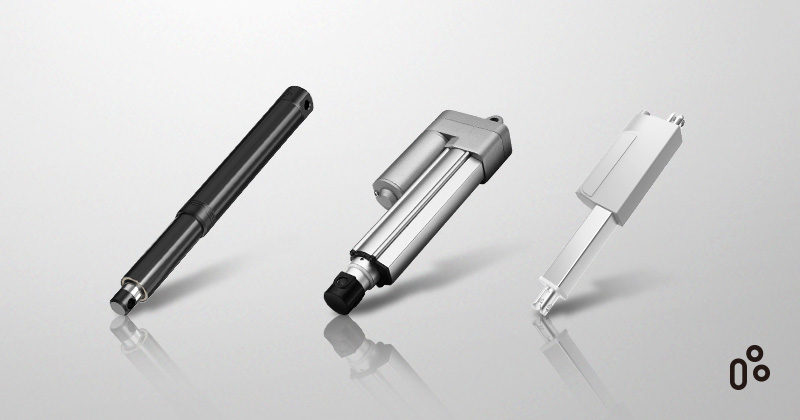2022/10/17
How To Synchronize Electric Linear Actuators?
News and Articles
A complex electric actuation system or system with high load requirements often needs multiple electric actuators to synchronize. With position sensors and smart systems, find out how to achieve synchronized, smooth and jerk-free movement.
Many applications require two or more electric linear actuators to be synchronized. Worktops, multiple window systems, agricultural engines, or complex industrial machinery... these applications require perfect synchronization.
Synchronization is essential because it allows multiple actuators to follow the same motion at the same speed, even if the load is different on each actuator. This maintains precise motion control with even load distribution, ensuring smooth, uniform movement.
Sometimes it is a matter of user safety. In the medical sector, for example, synchronizing the movement of electric linear actuators is fundamental to patient safety. This applies to hospital beds, examination, and operating tables, which require great precision.
Another use for synchronizing electric linear actuators is when the load is particularly heavy. Two synchronized actuators will double the load capacity and meet the load requirements of several tons.
TiMOTION offers various reliable solutions to synchronize electric linear actuators.
Position sensors for synchronizing electric linear actuators
To obtain the synchronization of two electric linear actuators, it is possible to equip them with position sensors. These will provide feedback to the control box, which will adjust the speed of each device to operate the synchronized movement.
TiMOTION provides several types of position sensors for synchronizing electric linear actuators:
- The Hall effect sensors emit a digital signal that allows the control box to determine the motor's rotational direction and to count the number of motor rotations, thanks to magnets fixed on the motor shaft.
- Potentiometers, on the other hand, provide an analog signal. They consist of a slider gliding on a resistor, which modifies the value of this resistor. Each resistance value corresponds to the position of the actuator stroke. The main advantage of the potentiometer is its ability to memorize the position of the actuator, even in the case of a power failure.
- Reed sensors are magnetic sensors with an electric switch activated by a magnetic field. It consists of two contacts mounted on ferrous metal blades contained in a sealed glass envelope. The contacts can usually be opened or closed.
When using the position sensors to synchronize two electric linear actuators, the control box compensates for possible failures caused by uneven load distribution, thus ensuring smooth and jerk-free movement.
See our article to learn more about position sensors for synchronizing electric actuators.
Synchronization of electric linear actuators with the innovative T-SMART functionality
TiMOTION offers a range of innovative electric linear actuators equipped with T-SMART functionality, allowing the synchronization of more than two devices.
Thanks to their onboard controller, the electric actuators equipped with T-SMART functionality will allow synchronization of up to 8 actuators, with one primary actuator controlling 7 secondary actuators.
Compatible with our programmer (PGMA), this solution offers excellent flexibility. It allows for easy parameterization of several variables, such as speed or stroke, and real-time monitoring of actuator status using a simple computer.
It is a solution for synchronizing electric linear actuators for complex systems requiring several synchronized devices.
To learn more about T-SMART synchronized electric actuators, click here!
TiMOTION provides equipment manufacturers with sophisticated, high-performance electric linear actuation solutions to meet any type of need.
Are you a manufacturer of industrial, medical, home furnishings, or professional equipment looking for synchronizable electric actuators? Contact our local sales representative for advice.










